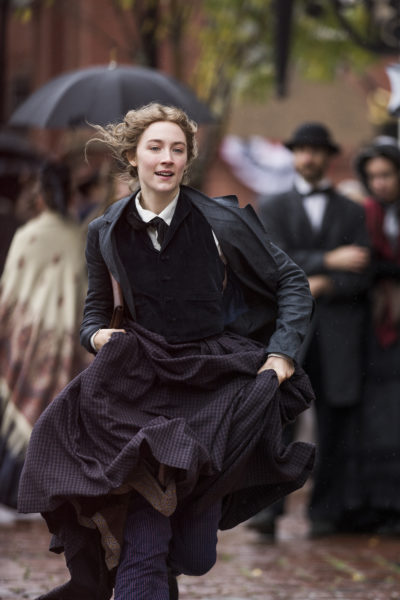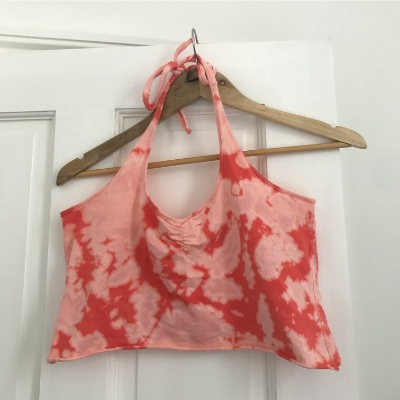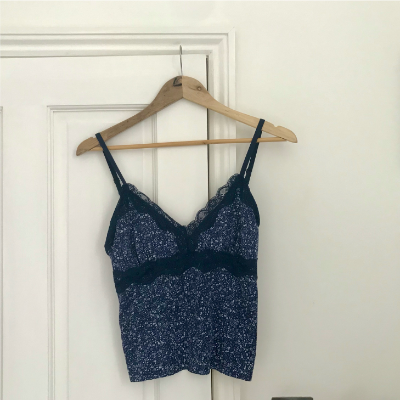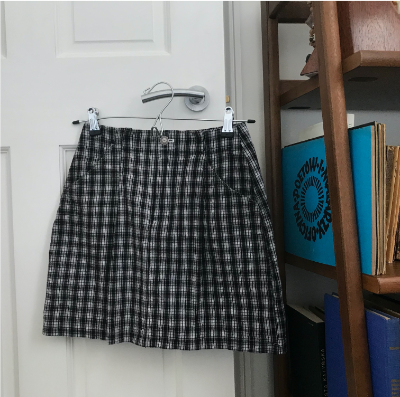Robin Connolly, Epigram, Bristol
On the surface, students are seemingly most satisfied when they have something to grumble about. Although undeniably grateful when ‘safety net’ policies for this semester’s work were announced in May, Bristol students often found some aspect – whether speed, content or extent – of the University’s (and the world’s) response to the pandemic to moan about.
However, maybe actions speak louder than words, because
despite the griping and dissatisfaction, I’ve been made to feel incredibly
proud of the initiative and creativity that students have shown these last few
months.
Artists for Armageddon, set up early in lockdown by
students, was a Bristol-based initiative to “keep art alive and creatives
connected in isolation,” exhibiting creative work online on a monthly basis.
Meanwhile, three Bristol graduates launched the platform Closet19, encouraging
people to declutter, sell their old clothes and donate the proceeds to NHS
Charities Together. As well as this, Tom Marland, third year Politics &
International Relations student, set up a website to track and simplify travel
information relating to COVID-19, after he and a couple of friends found the
sea of information relating to travel restrictions understandably hard to
navigate.
It has been somewhat awe-inspiring to watch how young people
have not just adapted to the topsy-turvying of the world, but to thrive within
it and make it better for those around them. We might present ourselves as
grouchy, not-quite-adults but out-grown-teenagers, however, this pandemic has
also proven our ability to be observant, innovative and wonderfully
compassionate.
Serafina Kenny, The Mancunion, Manchester
The University of Manchester has had a fairly standard response to the coronavirus pandemic; they’ve staggered start times for new and returning students, changed the way ‘Welcome Week’ is going to work, and have moved large-group teaching online. Small group teaching will continue in person, albeit socially distanced, but the university is aiming to make it possible to continue studying with ‘no learning deficit’ even if students are not physically in Manchester.
The University reported a possible loss of £270 million
thanks to the pandemic, and so have done quite a lot of budget cutting,
deciding not to renew any fixed term contracts for staff in the School of Arts,
Languages and Cultures and asking staff to consider voluntary pay cuts or
career breaks. However, the student Living Cost Support Fund has been extended
for students struggling financially as a result of the pandemic, which should
hopefully help students to continue their studies.
Some students are unhappy with some of the measures taken, especially the treatment of staff after the strikes earlier on this year and an increase in tutorial class sizes, but most are glad that the university’s learning provision has not been moved completely online for the whole year!
Rob Lownie, The Student, Edinburgh
Edinburgh goes to great lengths to emphasise its credentials
as a truly ‘global’ place of learning, but this status is not working to the
university’s advantage in the wake of Covid-19. Swathes of foreign-dwelling
freshers are deferring their studies; some older internationals are not
planning to return in the autumn. In any university this would be a problem,
but at the University of Edinburgh, whose international intake is third only to
UCL and Manchester among UK institutions, it may be financially ruinous. Given
that non-EU students pay up to £30,000 a year for the pleasure of a Scottish
education, the losses will not be recovered for several years. The university’s
vice-chancellor, Peter Mathieson, suggested a drop in income of anything
between £70-150 million.
For all the money mayhem, student morale is not completely
dashed. Campus will be open again in September for those who dare to return;
student exchange programmes have been cancelled for the first term but should
still be operating from January; face-to-face teaching will be rarer, but not
non-existent, over the course of the year. Scotland’s emergence from lockdown
has been more gradual than the hurried lifting of restrictions down south, and
most onlookers would agree that the decisions coming out of Holyrood are more
considered than anything decreed by Boris Johnson. As a result, Edinburgh’s
student population has cause for some optimism moving towards September. We
know that, while things will not be quite the same initially, the quotidian
comfort of normal campus life will be back before we know it.
Lauren Mcgaun, Impact, Nottingham
Since the University of Nottingham announced that all
classes were moving online from the 23rd March, student responses to their
lockdown approach have been largely positive. Criticisms were raised over the
way the University approached pupils’ studies at the start of the transitioning
to online learning. Many UoN students felt measures had been rushed through
without the adequate support structures in place. This was particularly hard
for students who weren’t from a privileged background as departments were slow
to provide any guidance. Once the University became more established in its
approach, however, students praised the constant stream of communication in the
form of newsletters and counselling services.
Since lockdown began, many virtual communities have been set
up to make undergraduates feel like they’re still in Nottingham. From ‘UoN
Neighbours’ to ‘Communitea’ and virtual meditation sessions, there’s been lots
of events to keep students busy. The Arts scene at the University has also
thrived over the last few months as Blowsoc hosted their charity extravaganza
and the Creative Showcase was shortlisted for an activities award. The
University have since put in place a ‘no academic disadvantage’ structure to
support students. Whilst online assessments will never suit everyone, it seems
that the University of Nottingham has acted relatively well in unforeseen
circumstances.
Megan Price, Empoword, Gloucestershire
Working towards deadlines, managing extra-curriculars and
maintaining a social life is challenging in ordinary times. As we were sent in
to lockdown, these pressures only became harder to manage. From the moment I
returned home, I had one-to-one calls from lecturers and had access to
unlimited extensions if I needed them. Despite the overwhelming support from my
university, it’d be difficult to ignore being alone in isolation didn’t spark
the productivity I first thought it would. As naïve I was to think I’d have no
distractions to my impending assignments, I instead found video lectures tricky
to engage in and my passion for my course disintegrated into boredom and
demotivation. I attempted to find my drive by finding other platforms to write
for, I started a podcast with some friends and I excessively wrote blog posts
in between assignments. I found myself busily writing, attempting to remain
creative and keep a routine. My lecturers pushed for this. They emailed
compliments on my work, shared my articles on socials and believed in me. Their
push for me to do well in this strange time kept me motivated to complete the
year. Now my second year has come to its abrupt end, my routine has vanished
and I can’t wait to return to ‘hopefully’ more normality in my final year.
Cerys Turner, The Boar, Warwick
I think a lot of people feel let down by the academic
support the university has provided over the last few weeks – aside from an
online learning certificate, little has been done to consistently and
effectively engage with students from home. Despite this, the SU has been
really great in keeping students together – the sabbatical officers set up a
Facebook group called Warwick SU Corona Community, which posts updates and
events from all different societies in one place. They’ve also hosted quizzes
and even an online version of the SU Awards.
Imogen Usherwood, Palatinate, Durham
At Durham, those last three weeks of Easter Term are what every student looks forward to all year – nearly a month of summer balls, college days, concerts, performances and events, lazy days spent rowing down the River Wear and having picnics on Palace Green or Observatory Hill. The loss of that precious post-exam time has hit the student body hard, but we’ve been doing our best to make up for it. Colleges have organised lockdown events and activities over Zoom, there have been online theatre productions and musical performances, and this has actually been the busiest time ever for Palatinate’s online content.
That said, since lockdown started lifting, a kind of tension
has definitely emerged among students, as most of us have had to return to
Durham to move out of colleges or houses for the summer. Some have strictly
self-isolated or socially-distanced and returned home as soon as possible,
while others have stayed in town for trips to the beach, garden parties and
other in-person activities. Some of my friends have abandoned apps like
Instagram, because seeing photos of university friends hugging and meeting in
larger groups has become ‘too stressful’. Durham students have missed out on a
lot in the last month or so, but some are going to greater lengths than others
in an attempt to reclaim it.









